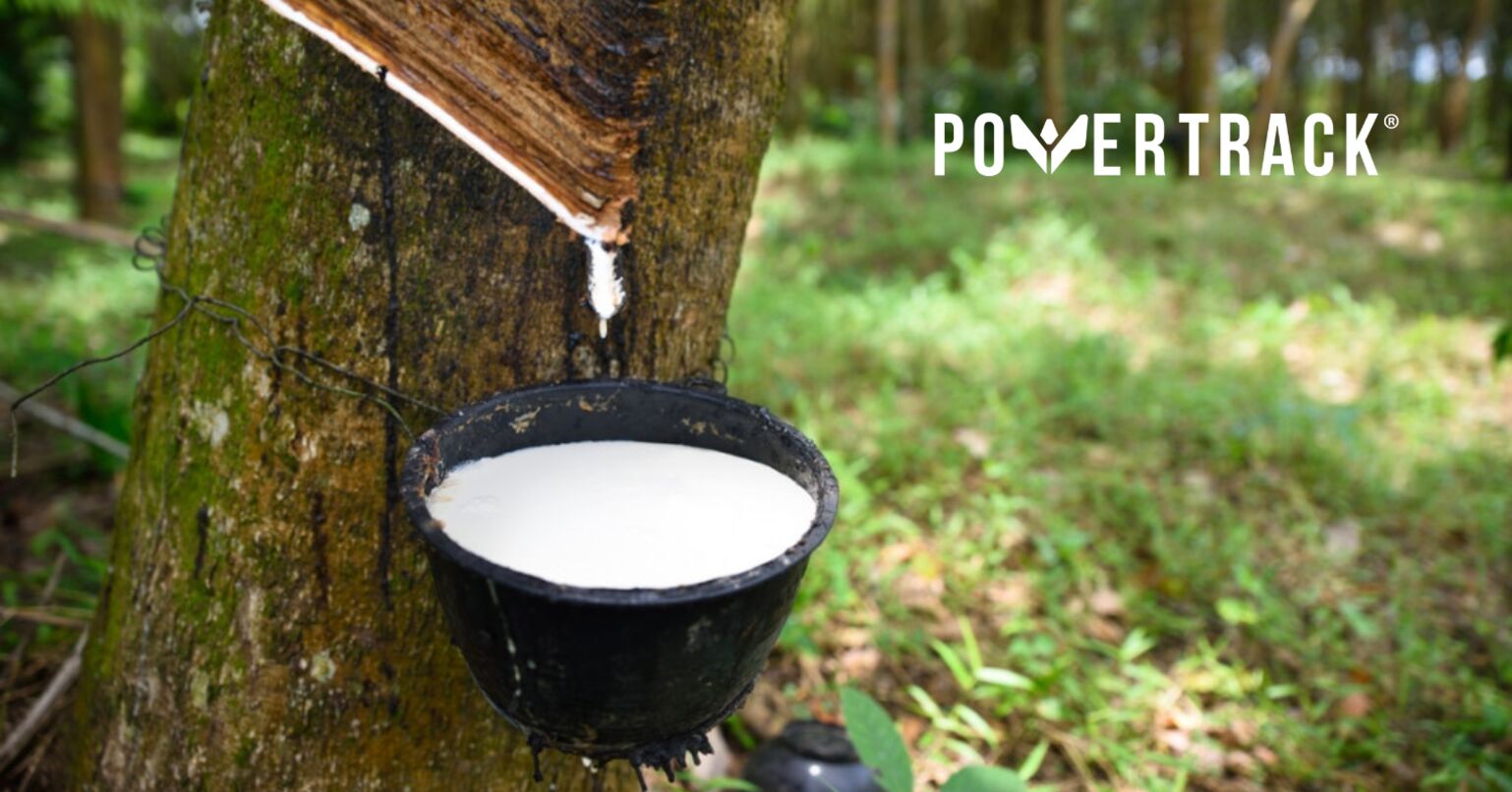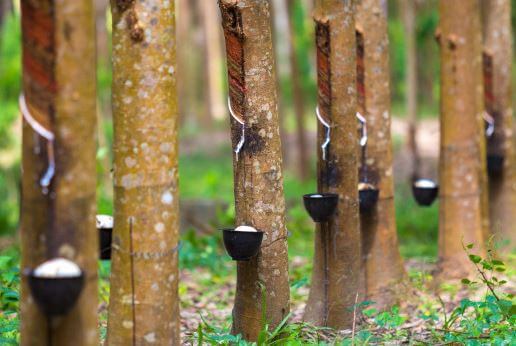How Rubber is Made: The Technology that Guarantees Excellent Track Performance

Rubber composition directly determines performance, durability and reliability of excavator tracks. Understanding these processes helps choose components that optimize operational efficiency and reduce costs.
Virgin Rubber vs Recycled Rubber: The Difference That Matters
Virgin rubber represents the superior base material for professional tracks. It is a non-vulcanized compound, natural or synthetic, that guarantees optimal performance thanks to intact chemical properties.
Recycled rubber, obtained from used tire recycling, is used to reduce costs but presents significant limitations: reduced wear resistance, lower elasticity and inferior operational durability. For professional applications, tracks with virgin rubber represent an investment that reduces machine downtime and replacement costs.
Natural Rubber and Synthetic Rubber
Natural rubber is extracted from the white sap of the rubber tree (Hevea Brasiliensis). Latex provides flexibility, tear resistance and elongation superior to synthetic compounds. Each plant produces almost 3 kg of dried rubber per year, with average productivity of 500-600 kg per hectare.

Synthetic rubber becomes indispensable in specific conditions, such as exposure to petroleum oils where latex would disintegrate. In professional tracks, mixtures are used that optimize flexibility, UV resistance and dimensional stability.
Why Rubber Becomes Black: The Role of Carbon
The vulcanization process was invented by Charles Goodyear in 1855 and consists of adding sulfur and other additives to rubber through heating at 140-180°C. During vulcanization, new bonds are formed mainly at the intermolecular level. Sulfur atoms form bridges between molecules of the original elastomer, like in a tighter mesh network. This makes the rubber compound less susceptible to the effect of environmental agents, mainly atmospheric oxygen, which contribute to material degradation.
The result is a material with:
- Controlled elasticity and shape memory
- Superior abrasion resistance
- Stability to atmospheric agents
- Gas impermeability
The Modern Production Process
The production process includes: raw material preparation, mastication, mixing, forming, vulcanization, coating and inspection. For professional tracks are used:
- High-strength steel cables for load-bearing structure
- Forged metal inserts for greater durability
- Specific additives for operating conditions
Microwave vulcanization represents an emerging technology that reduces cycle times and energy consumption, optimizing costs without compromising quality.
Operational Advantages of Quality Rubber Tracks
Rubber tracks offer superior traction compared to wheels on slippery surfaces, distributing weight over a larger surface. They reduce ground pressure, decreasing the risk of sinking on soft terrain.
Compared to iron tracks, rubber tracks are gentler on surfaces and don't leave marks, making them suitable for urban environments. They produce less noise and ensure smooth driving with fewer vibrations.
The use of pure natural rubber together with synthetic rubber, without recycled materials, ensures greater resistance, elasticity and durability. The increased diameter of internal cables guarantees high resistance and strong traction.
Our PowerTrack Rubber Tracks: Certified Quality
PowerTrack rubber tracks are produced using a superior quality mixture of natural and synthetic rubber. Our compound is treated with a controlled vulcanization process that gives the rubber:
- Greater elasticity for optimal wear resistance
- Resistance to high operating temperatures
- Superior durability that reduces replacement costs
- Compatibility with over 400 excavator brands
The difference in rubber quality translates into tangible savings on total operating costs, making the initial investment quickly amortizable through fewer replacements and higher productivity.
Investing in PowerTrack rubber tracks means choosing the peace of mind of reliable performance and optimized management costs for the success of your
